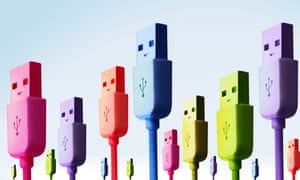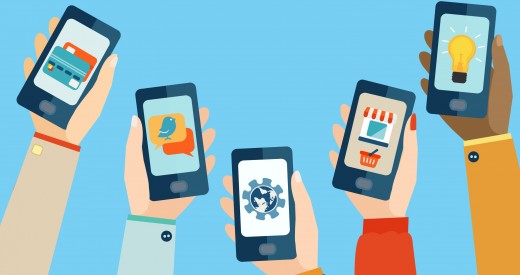moneycontrol.com
Imagine you are at work and your house has been broken into. There’s more that you can do than being blissfully unaware of the theft. Technology has made it possible to connect these seemingly mutually exclusive events and in turn, prevent the theft or help nab the culprits. Yes, make way for the Internet of Everything. With IoE, you can go beyond burglar alarms. IoE may make it possible to send real-time alerts to the nearest police station or also give you a live feed of the break-in on your handheld device.
Making the world a better place
While the Internet of Things -- that refers to the connectedness between devices -- has pretty much changed the way businesses work, IoE will take things a notch higher. And how will it make this happen? Along with connecting data, processes and devices, IoE will add people to the network as well. This network will then generate intelligible information that will help create new capabilities, richer experiences and unprecedented economic opportunity for businesses. In the future, as millions of devices interact with one another with minimal human intervention, businesses and processes will become more efficient. IoE also has the potential to impact governance and make it more effective and transparent. No wonder then, that Cisco projects the total IoE-related value at stake over the next 10 years to be $19 trillion.
Living in a world where everything is connected
A Cisco report titled ‘The Internet of Everything – How Relevant and Valuable Connections Will Change the World’ rightly observes: By combining people, process, data and things, the exponential power of the Internet will allow us to create exponential responses to the extraordinary challenges faced by individuals, businesses, and even whole countries.
Let us see how IoE will benefit humans, businesses and countries:

• Humans: As humans, we are very dependent on our senses to experience the world around us. IoE has the ability to become an exponential proxy for the different types of senses. This will end up giving silent things a voice.
• Businesses: By making processes more efficient and optimal, IoE will play a key role in creating opportunities for business expansion and driving up profits.
• Countries: Governments the world over are striving to provide better and economical services to citizens. IoE has the potential to benefit the public sector and allow governments to ensure privacy, safety and security of citizens.
Transforming the world around you
From smart parking in Nice, France that alerts drivers about open spaces to garbage cans with sensors in Finland that send signals when pick-up is needed, IoE is making the unthinkable possible. Even as we speak, it is transforming cities around the world, one connected device at a time.
Cisco Internet Business Solutions Group, in collaboration with City 24/7, a company that aims at making public communications more accessible, and the city of New York, has launched an interactive platform that integrates information from open government programs, local businesses, and citizens to provide meaningful and powerful knowledge anytime, anywhere, on any device.
As India embarks on an ambitious initiative to take the benefits of digitization to its masses, IoE will play a critical role. It will make cities smarter, safer and sustainable and greatly benefit sectors such as transportation and health.
Going ahead, the Internet of Everything will play an instrumental role in helping countries fight climate change, eradicate hunger, bring down instances of diseases and save water.
IoE is the future
There no doubt will be hurdles in implementing IoE and some of its abilities may seem magnified and exaggerated now, but it certainly has the potential to change the world we live in and make it more efficient and environment-friendly. There will also be challenges related to security, privacy, and reliability of such a technology and to overcome these, governments and countries must come together and engage in discussions.
The possibilities of IoE making the world a better place are infinite. All it needs are open minds and a spirit of co-operation between people.














